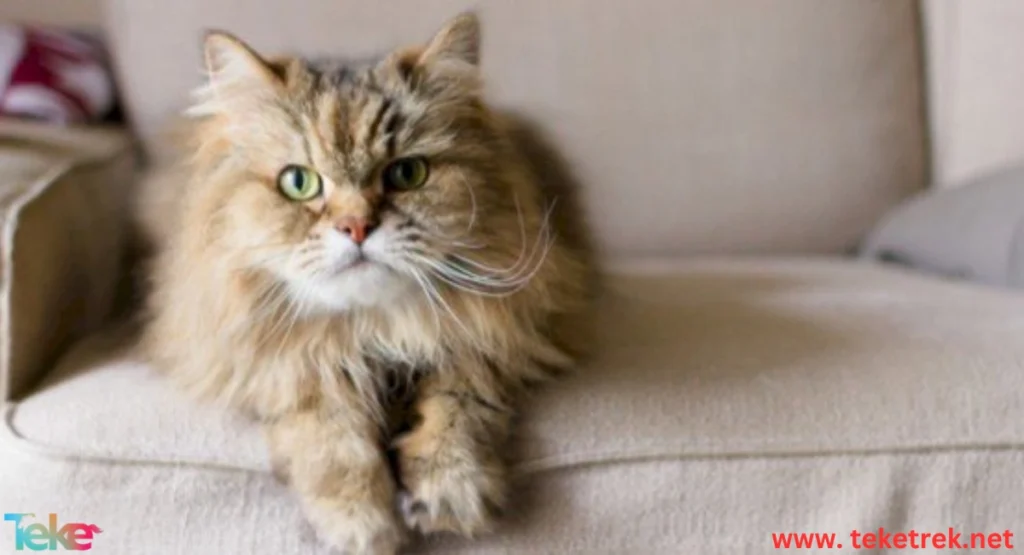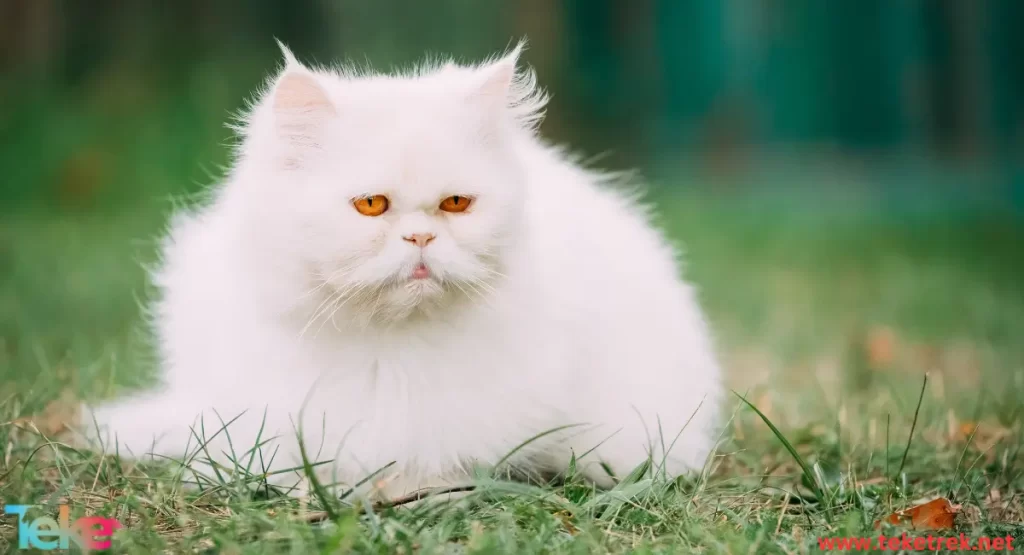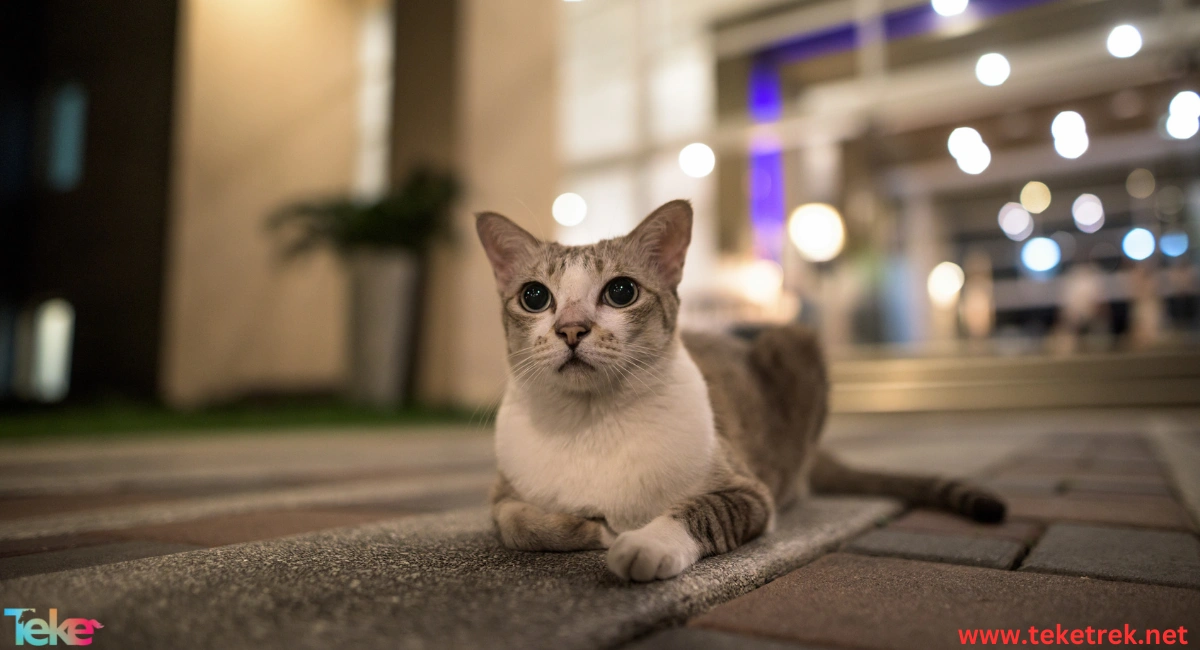In a fast-paced world where daily life challenges grow more intense, the bond between a human and their pet remains one of the purest forms of emotional connection. Among all the creatures humans have chosen as companions, cats hold a special place. They are not merely graceful and beautiful animals that sleep for long hours; they are sensitive beings with delicate temperaments, relying heavily on the care provided by their human companions—especially in terms of nutrition. Healthy nutrition is not just a way to sustain a cat’s life; it is the cornerstone of ideal health, balanced behavior, and a long, vibrant life.
However, choosing the right food is not as simple as some might think. Each life stage of a cat demands specific nutritional care, and every health condition comes with its own dietary requirements. The food suitable for a kitten may not suit a senior cat—and vice versa. The market is flooded with countless food products, some beneficial, others harmful, or even deadly if not chosen carefully.
In this article from teketrek, we’ll take a deep dive into understanding your cat’s nutritional needs—from birth to old age. We’ll also address special health conditions that require unique diets, how to read food labels, the importance of hydration, and the role of the veterinarian. This guide isn’t just about feeding your cat—it’s about fulfilling its need for a better life it truly deserves.
Types of Cat Food: Dry, Wet, Natural Homemade
When talking about cat nutrition, the first thing that comes to mind is the type of food—dry, wet, or homemade?
- Dry food is easy to store and generally more affordable, but often contains higher carbohydrate levels and less moisture. This could lead to urinary issues in some cats if not balanced with sufficient water intake.
- Wet food (also known as wet food) is high in moisture and closer to a natural diet, making it more appealing to many cats. However, it’s more expensive and perishable once opened.
- Raw or natural diets (known as Raw Diet) involve feeding raw meat and some vegetables, mimicking a cat’s natural diet. However, it requires strict hygiene and nutritional balance.
- Homemade food demands precise knowledge of feline nutritional needs, especially regarding vitamins and minerals—otherwise, it may cause severe deficiencies.

Nutritional Needs of Kittens: Vitamins and Proteins
Kittens go through a rapid growth phase and require food rich in calories, animal proteins, calcium, and healthy fats. Typically, weaning occurs at 6–8 weeks, and they begin consuming specialized kitten food that contains:
- At least 30–35% protein
- Essential vitamins like A, D, and E
- Fats for brain and eye development
Food should be served in small meals throughout the day. Always ensure dishes are clean and fresh water is available.
Did You Know That Bees Can Recognize Faces Like Humans? Discover the Scientific Secret
Feeding Adult Cats to Maintain Healthy Weight
By one year of age, a cat’s nutritional needs shift to maintaining a healthy weight and moderate activity level. Adult cat food should include:
- At least 25–30% protein
- Lower fat content to avoid obesity
- Fiber to aid digestion
Dental-supportive ingredients are also crucial, especially in dry food. Food quantity must match the cat’s weight and activity level, as overfeeding is a leading cause of obesity in domestic cats.
Feeding Senior Cats or Those with Health Conditions
With age, cats become more prone to kidney disease, diabetes, joint problems, and appetite loss. Senior cats require:
- Low protein and phosphorus (for kidney health)
- Supplements like glucosamine for joint support
- Moderate fats and easy-to-digest formulas
Cats with chronic conditions like diabetes or liver disease need special diets prescribed by a veterinarian.
How to Read Cat Food Ingredients and Choose the Best
When shopping for cat food, don’t rely solely on brand or price—read the ingredient list carefully.
Key Tips:
- The first ingredient should be a quality animal protein like chicken, beef, or fish.
- Avoid vague animal by-products or unnamed meat sources.
- Look for labels stating “Complete & Balanced”.
- Avoid food high in grains and added sugars. The fewer artificial additives and colorants, the better the food quality.
Into the Mysterious World of Insects: The Truth About the Earwig
Foods Cats Must Avoid
Not all human foods are safe for cats—some are toxic or even fatal. For example:
- Chocolate contains theobromine, toxic to cats.
- Onions and garlic can cause hemolytic anemia.
- Alcohol and caffeine are lethal to cats even in small amounts.
- Cooked bones can cause intestinal blockages or tears.
- Cow’s milk—despite the stereotype, many cats are lactose intolerant.
Special Nutrition for Cats with Allergies or Digestive Issues
If your cat experiences frequent vomiting, itching, or diarrhea, it might have a food allergy or sensitivity.
Possible solutions:
- Hypoallergenic diets with hydrolyzed proteins
- Limited Ingredient Diets (LID)
- Monitoring reactions when introducing new food
Always consult a vet to identify the root cause rather than trying random food changes.
Importance of Clean Water and Encouraging Hydration
Cats naturally drink little water, so hydration is critical. Use water fountains instead of bowls—cats prefer running water. Serve wet food alongside dry food, change water daily, and clean the bowl. Some cats are picky about bowl material—try metal or glass instead of plastic.
General Feeding Tips
- Don’t overfeed: cats usually need 2–3 small meals a day.
- Stick to a consistent routine—same time, same place.
- Adjust portions to suit weight and age.
- Observe daily eating behavior—loss of appetite may signal illness.

Regular Vet Consultations
Vet visits are not just for vaccines—they’re essential for nutritional assessments too. Always consult your vet before switching food or when symptoms arise. Request periodic tests to detect kidney disease or diabetes early. Discuss custom diets for your cat’s specific condition.
Conclusion
Feeding your cat is not merely about energy—it’s about offering a balanced, healthy life. Nutrition is not just a daily habit; it’s an act of care and awareness of your responsibility toward a gentle creature that chose to share your world. With proper nutrition, your cat can enjoy long, active, pain-free years. Understanding its nutritional needs at every life stage and choosing quality food doesn’t just mean you feed it—it means you love it deeply.





